Table of contents

The Japanese house stands out for its unique elements and ancient traditions of oriental culture that can be easily incorporated into contemporary architecture. The simple way of living and full of symbolism of the Japanese seeks to prioritize the quality of life. Check out the main characteristics of this style of residence, see project ideas, and learn more about the subject with videos:
See_also: 7 types of yew that will give a new face to your homeFeatures of a Japanese home
Learn about the main elements that stand out in any Japanese home:
See_also: 8 techniques on how to grow garlic to enjoy its benefitsMinimalism
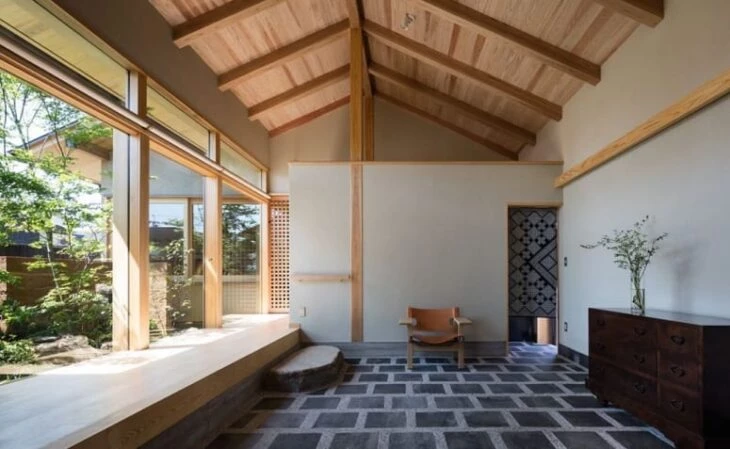
In the Japanese home, the presence of furniture and decorative items is restricted to the essentials and the preference is for simple design.
Natural Materials
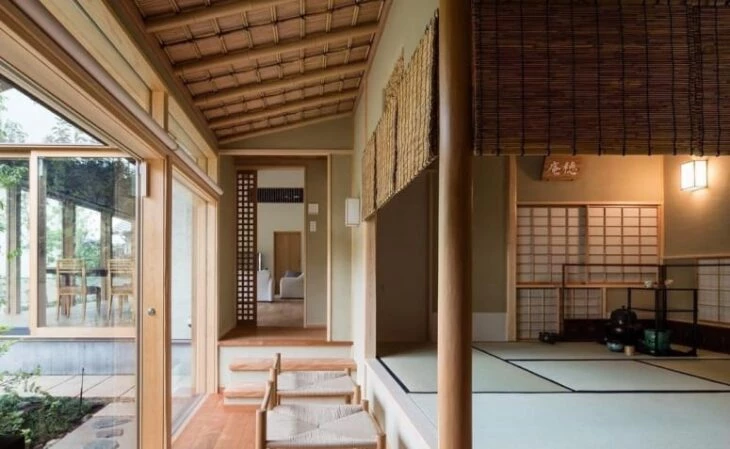
The use of natural materials stands out: elements such as wood, stone, and bamboo are widely used.
Panels and partitions
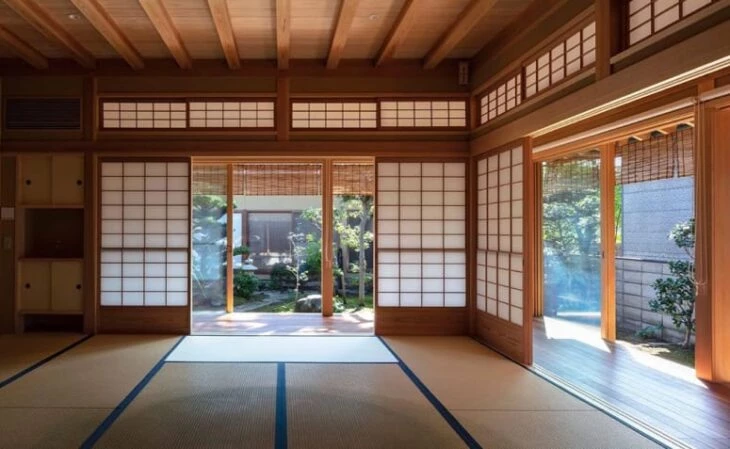
It is traditional to have wooden panels with translucent paper, the so-called shojis, that make the transition between environments and allow diffused light to enter.
Natural light
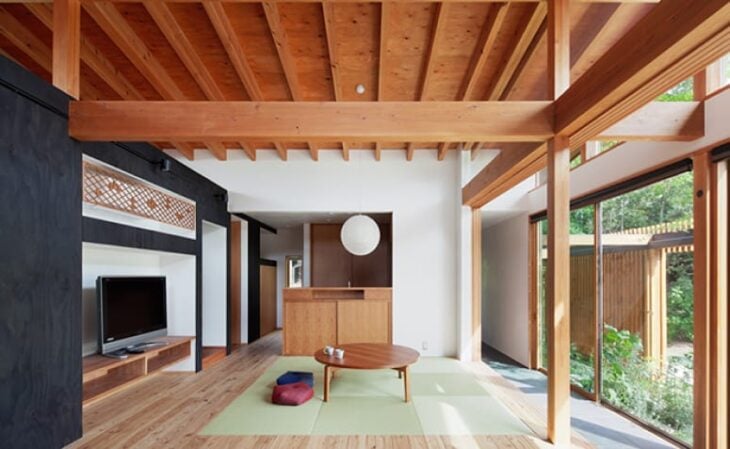
Natural light is also greatly appreciated in the Japanese house, through large openings and translucent enclosures.
Integration

Integration is remarkable in the Japanese house, both inside and outside. Besides the possibility of integrated configuration of the environments, the structure and the aesthetics also seek to be inserted in harmony with nature.
Windows
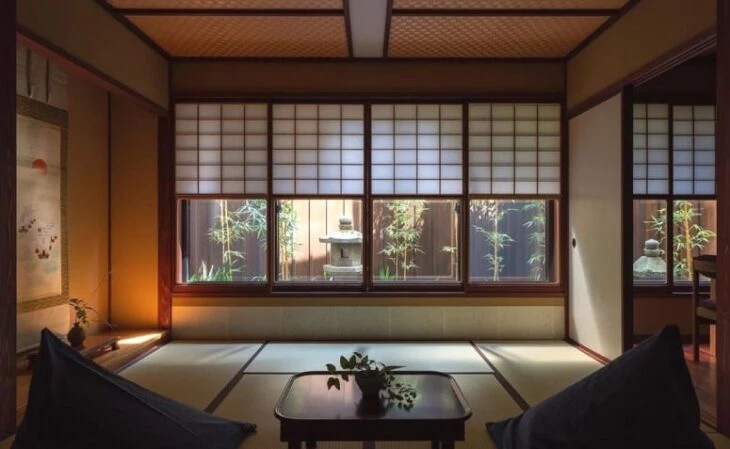
The windows represent an important part and have a function that goes beyond the traditional ones, because they are also an invitation to enjoy the landscape and function as a picture in the room.
Lightness
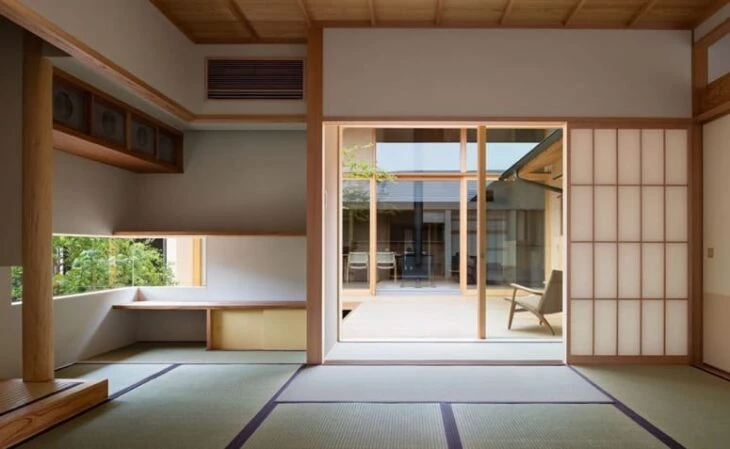
In general, Japanese house structures are made of lightweight materials such as bamboo and rice paper.
Eaves

Large eaves are a feature of Japanese roofs and help protect the residence from rain and reduce the entrance of sunlight. Under the eaves the area surrounding the house is known as engawa.
Neutral tones
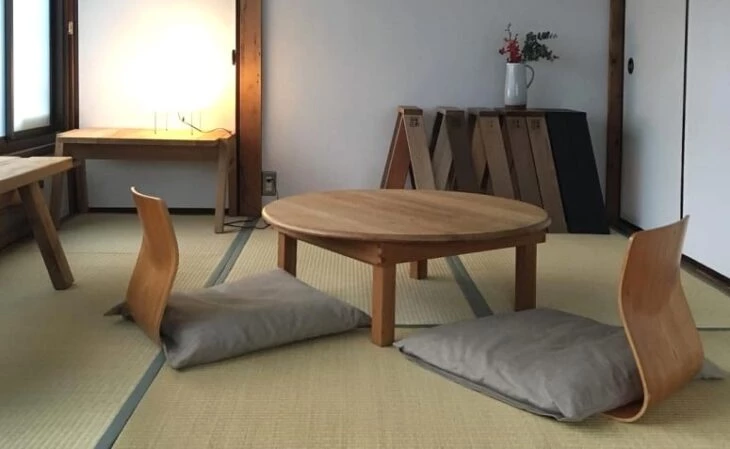
Simplicity also appears in the use of colors, which is restricted to the use of neutral tones, such as white, beige, brown, and gray.
Plants
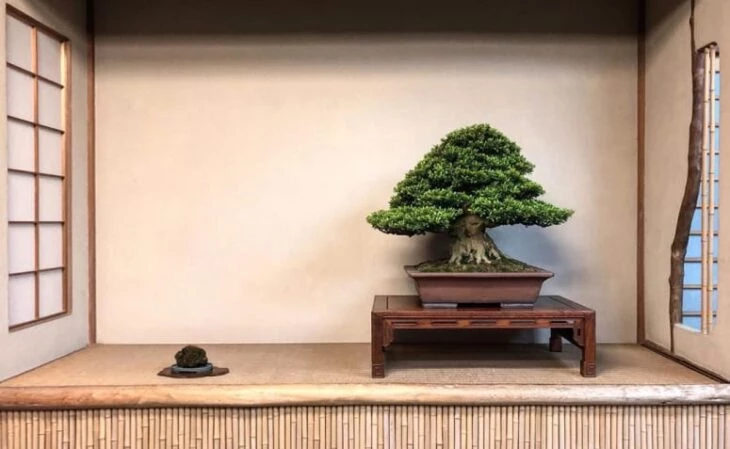
Plants are welcome in Japanese decoration: the garden, for example, is highly valued in oriental architecture. Bonsais and other plants can occupy prominent places.
The Japanese house privileges functionality, natural resources, simplicity, and highlights the respect for Japan's millennial traditions.
50 pictures of Japanese houses to incorporate the oriental style
See ideas that unite modernity and tradition to incorporate elements from the Japanese home:
1. customs and traditions stand out in the Japanese home
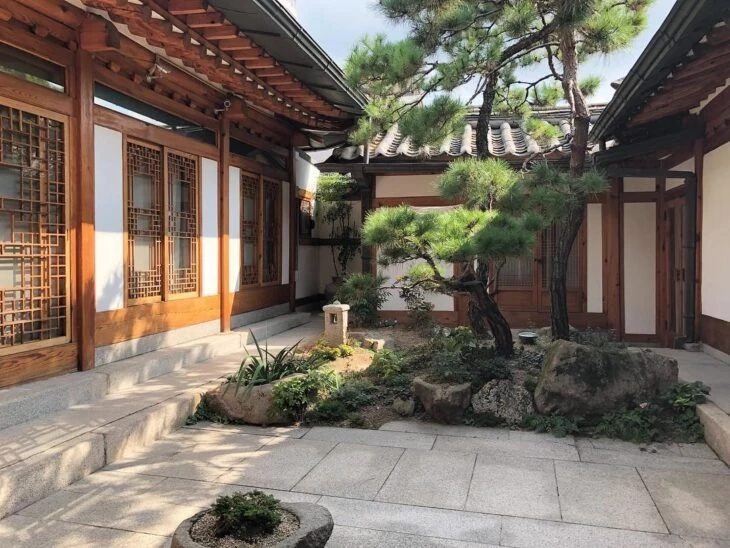
2. right at the entrance there is the genkan, a place to remove your shoes
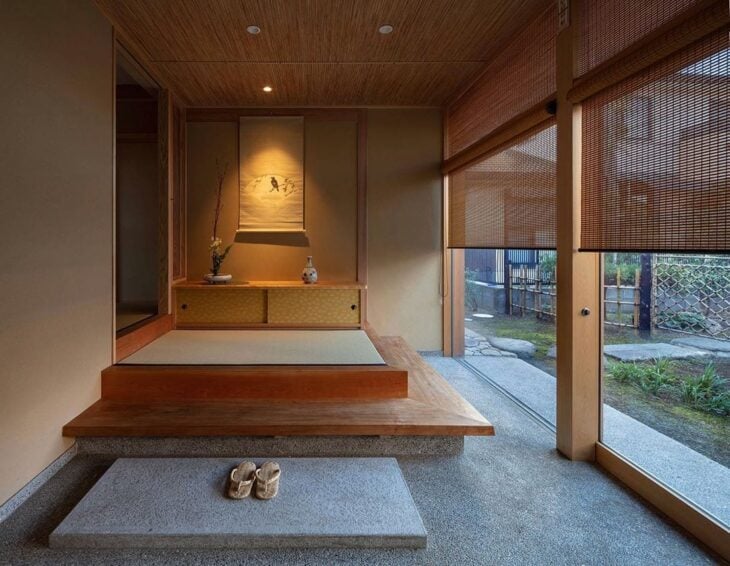
3. there is also the traditional tatami floor
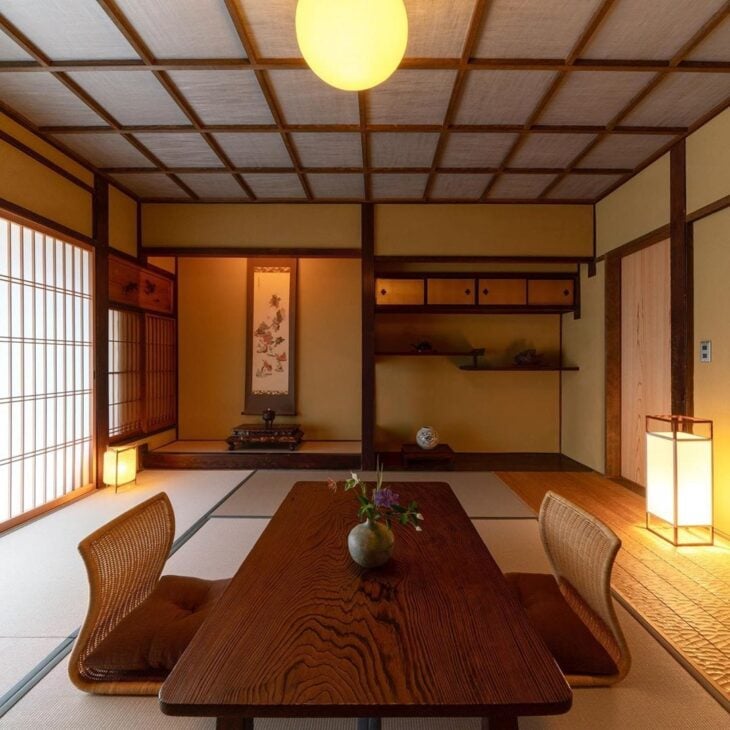
4. and the shoji wood partitions
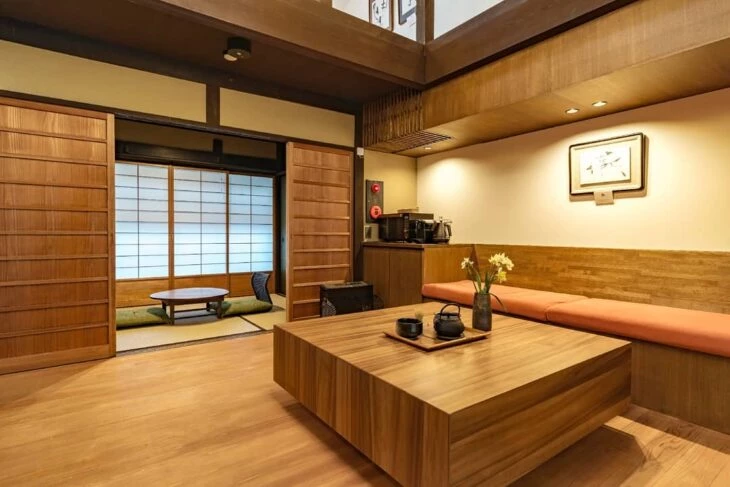
5. zabuton pillows also appear frequently

6. elements can be adapted in modern Japanese houses
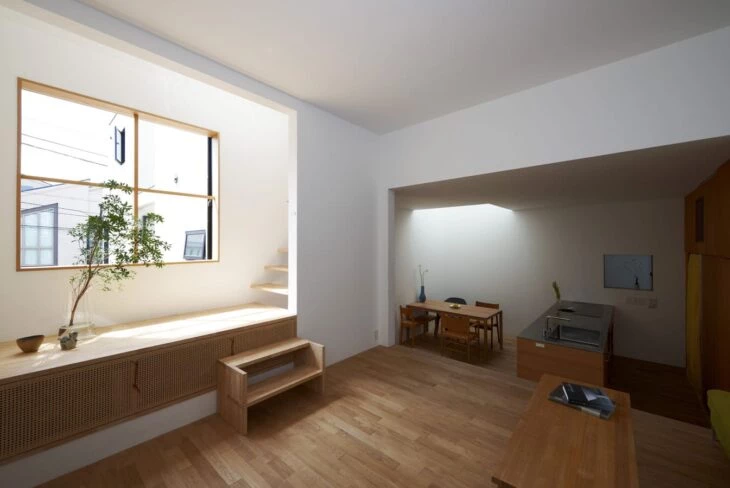
7. even in small apartments
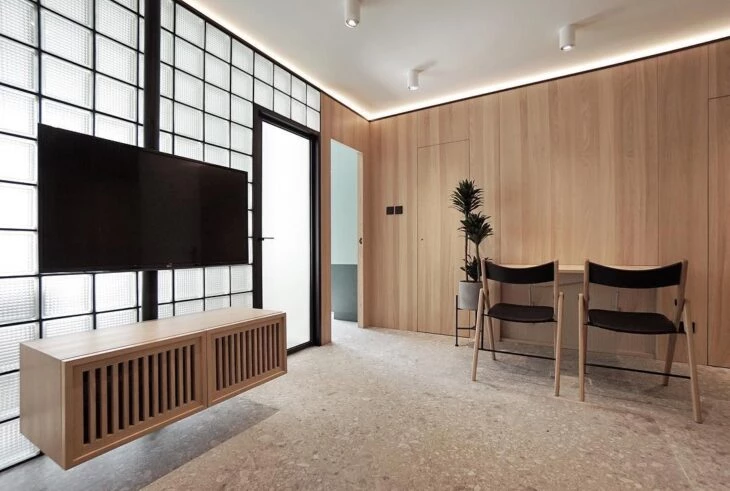
8. the Japanese room also has characteristic elements
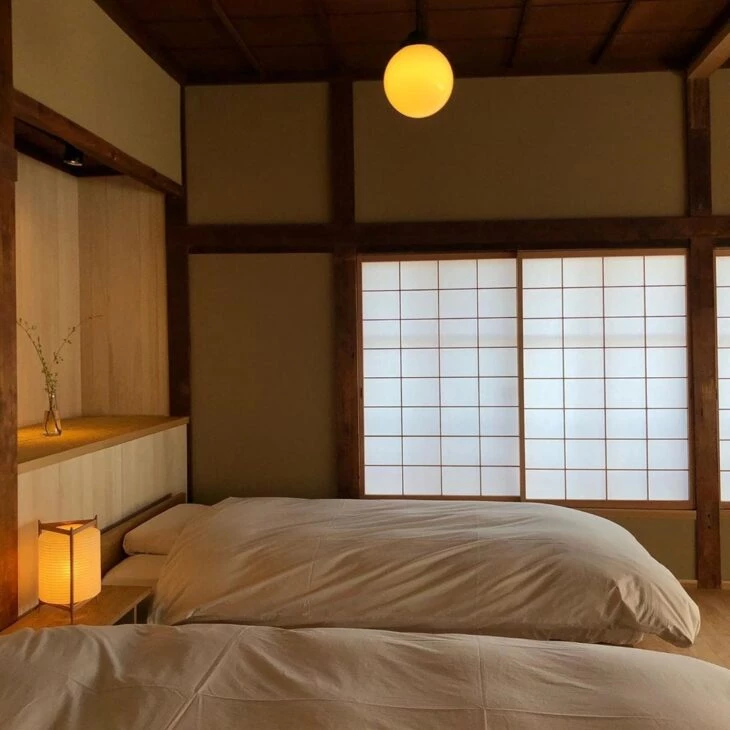
9. that look lovely in any version
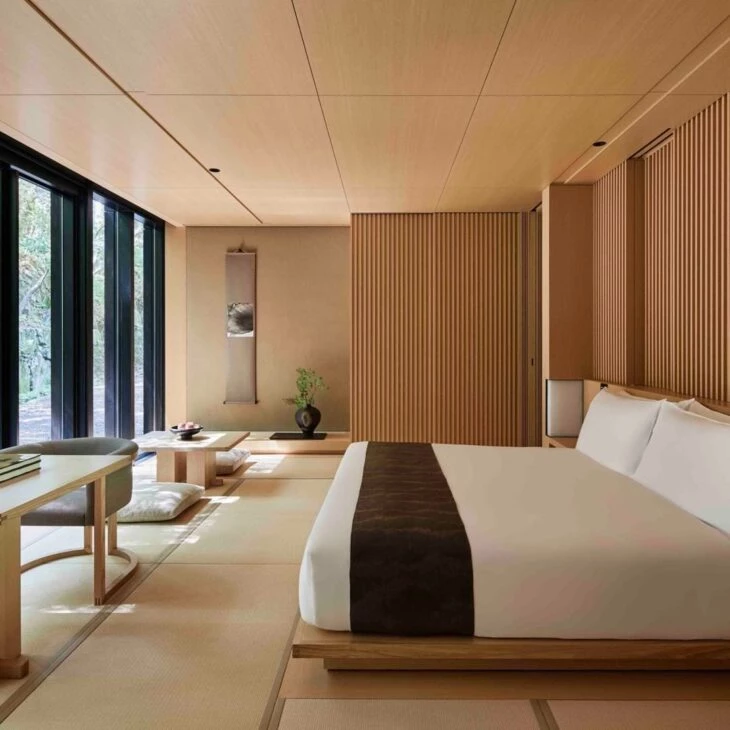
10. whether in a contemporary reinterpretation

11. or in a more traditional style
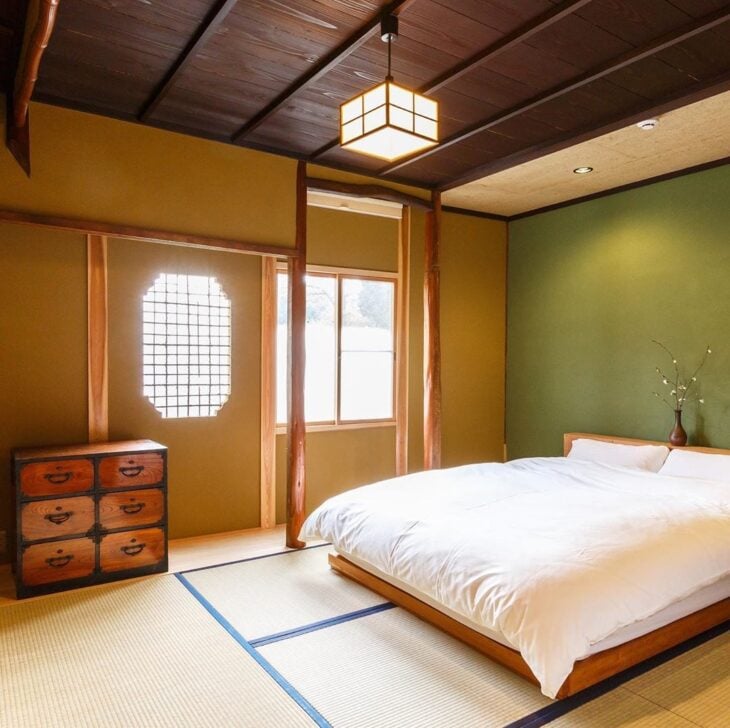
12. wood is a prominent material
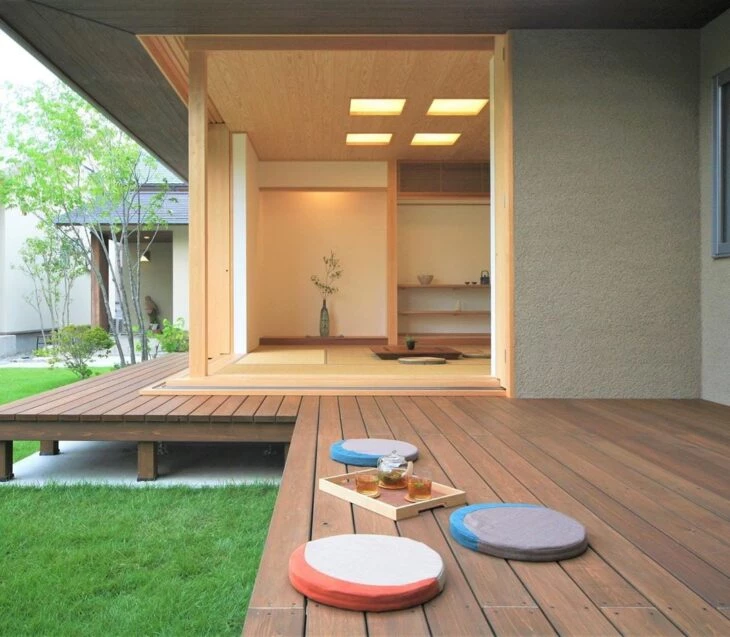
13. both in house structures
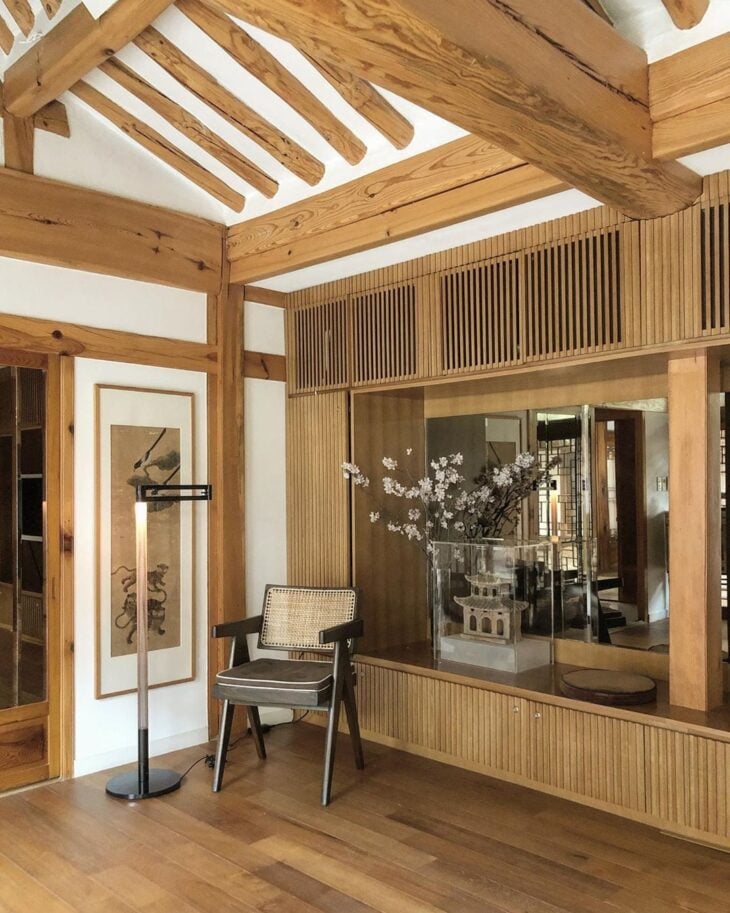
14. how much in frames and furniture
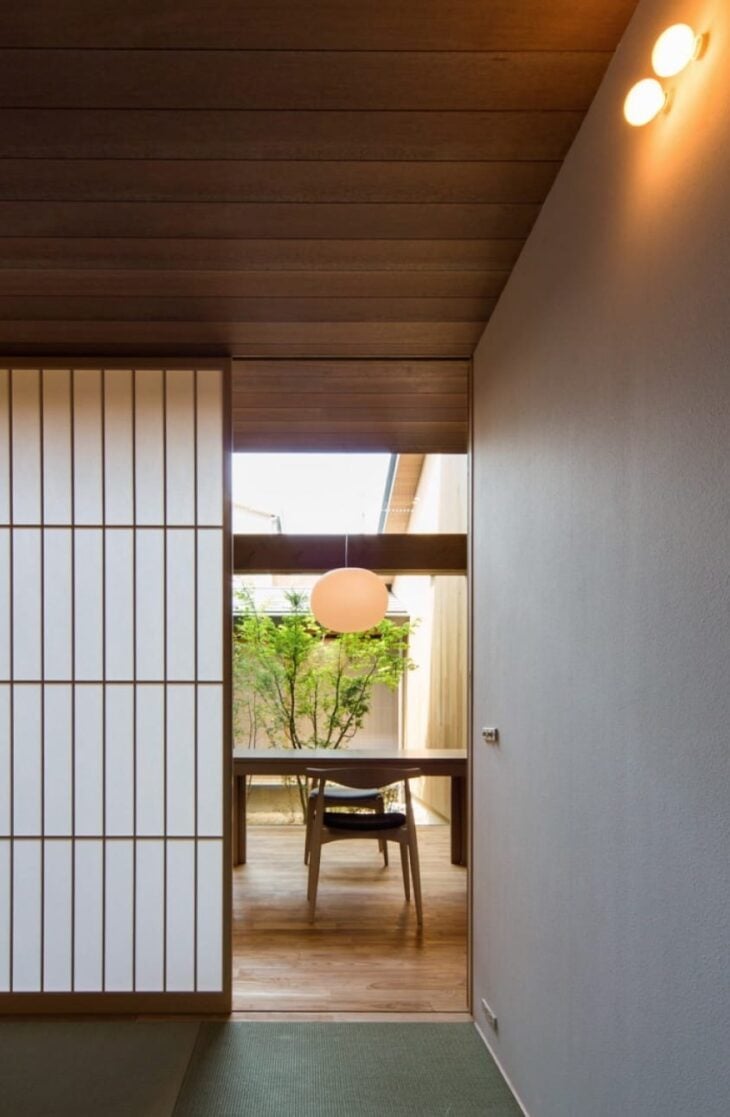
15. and brings a cozy feeling to the environment

16. the connection with nature is also important
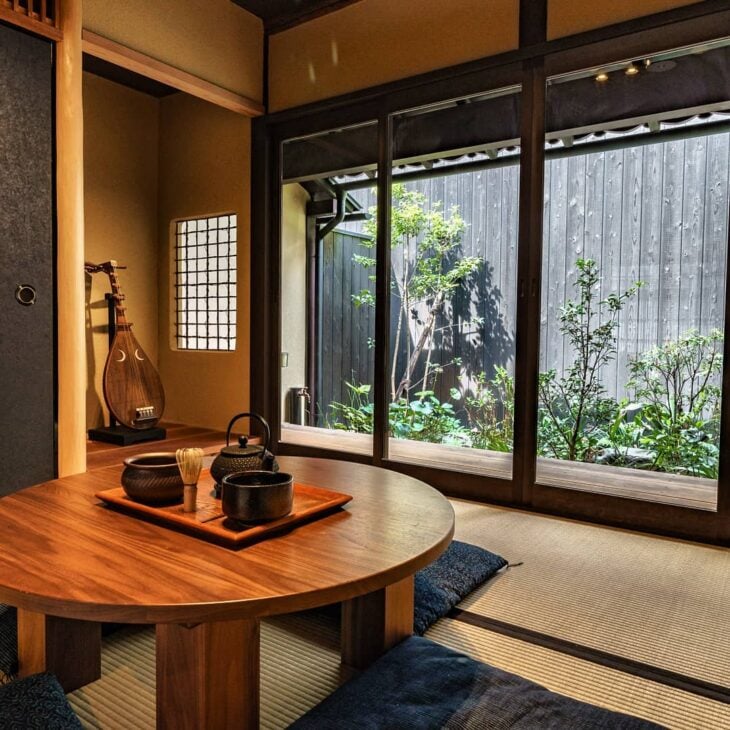
17. and helps relax the mind and soothe the spirit
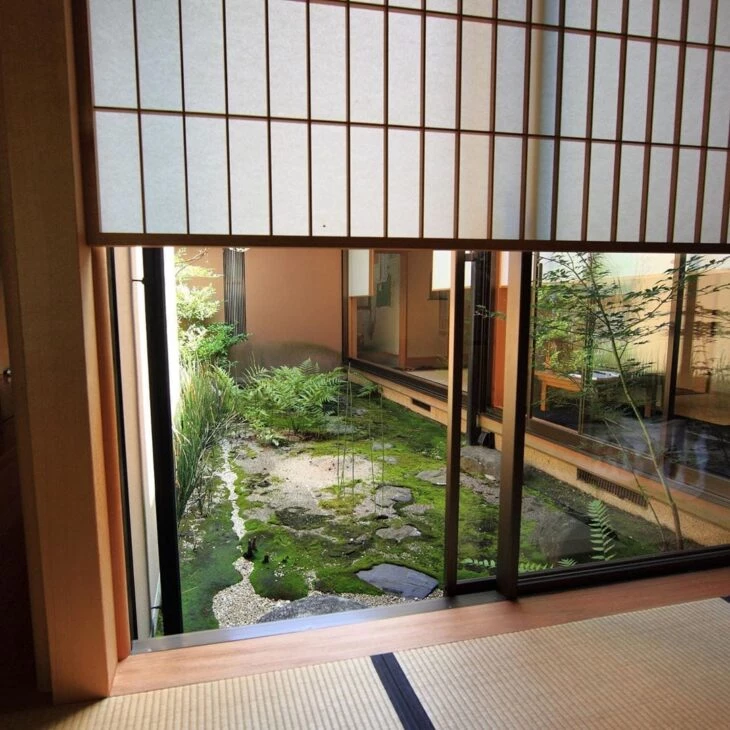
18. the Japanese garden is rich in elements and symbolism
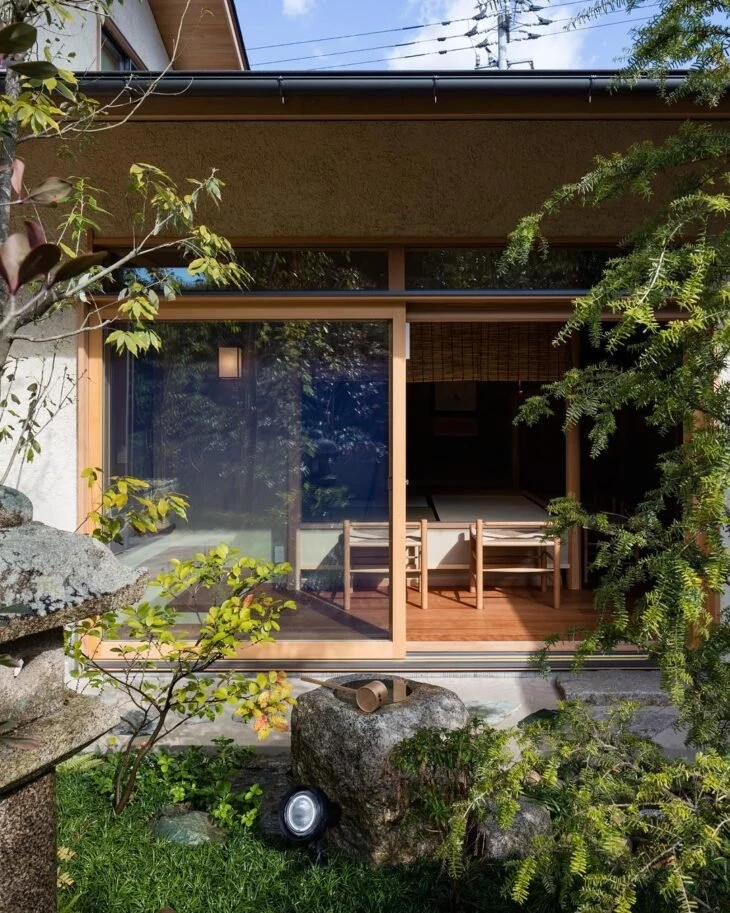
19. besides the vegetation that brings color and life

20. water also marks presence and signifies purification
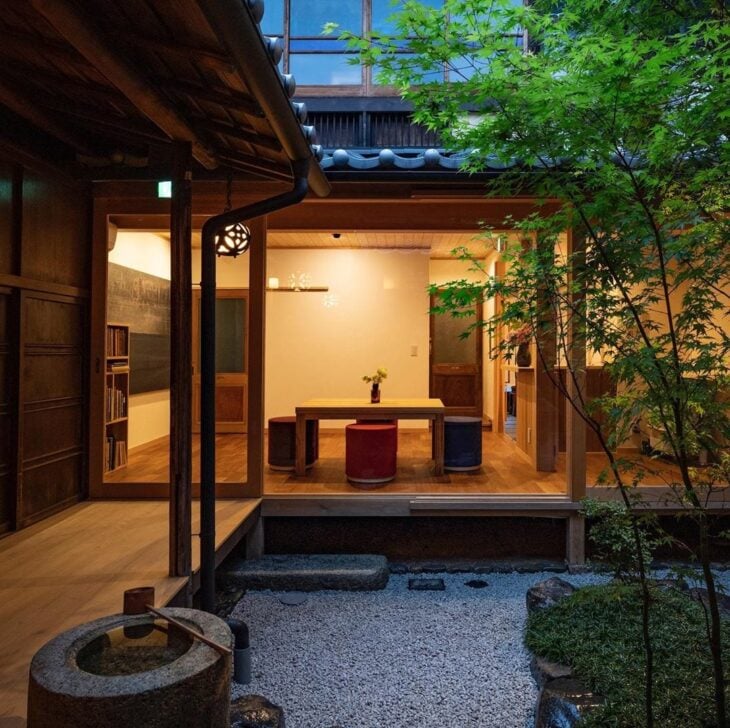
21. rocks trace paths and represent resistance
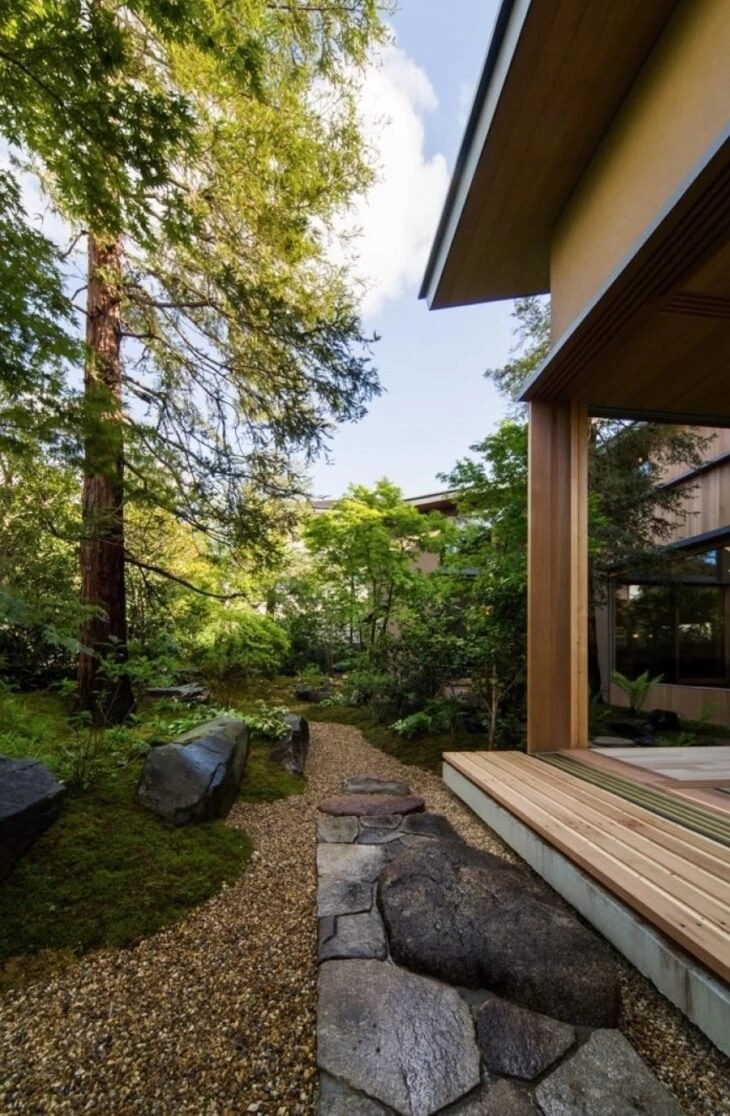
22. everything comes together in perfect harmony
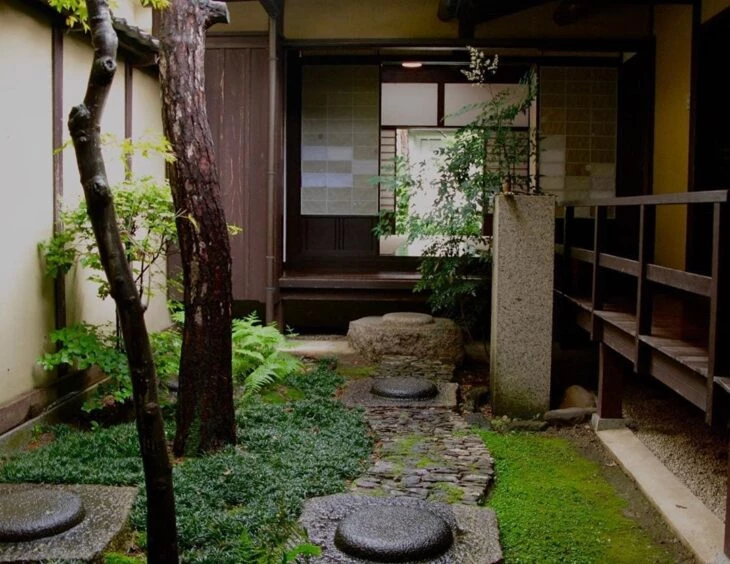
23. and the openings invite external contemplation
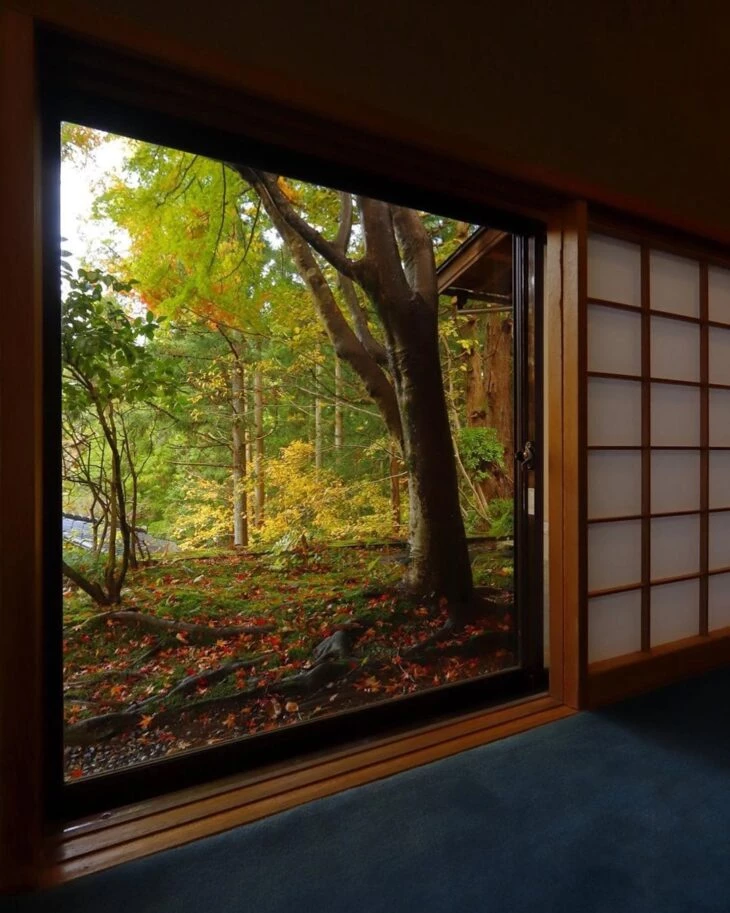
24. perfect spaces to restore body and mind
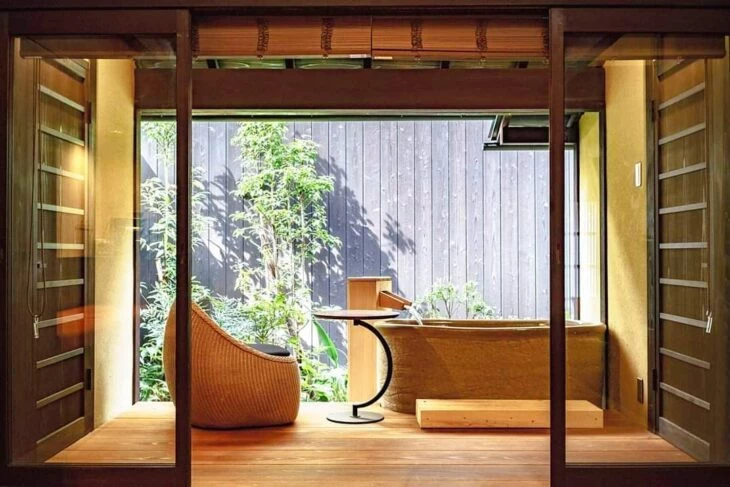
25 The lamps also bring the oriental charm
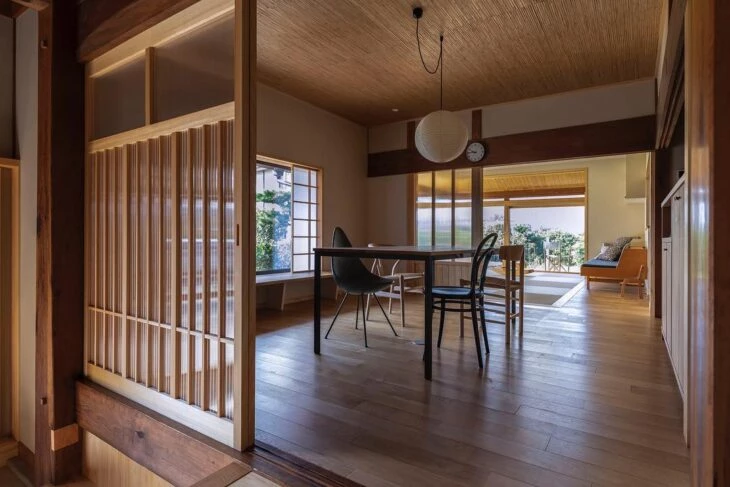
26 With its rounded shape and soft lighting
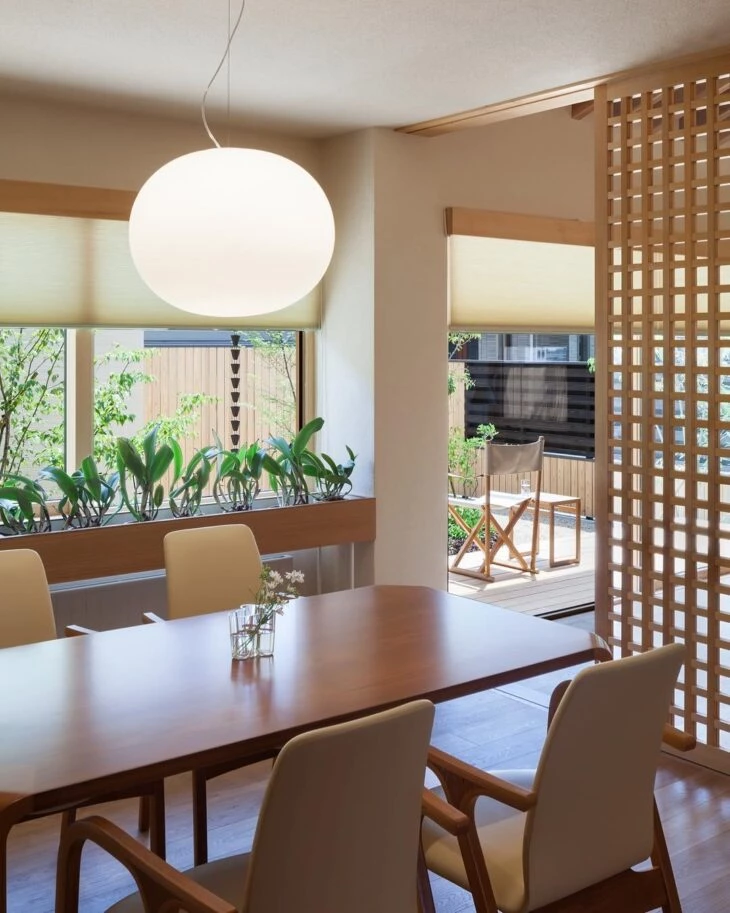
27. minimalism guides the composition of the environments

28. as well as the use of neutral tones
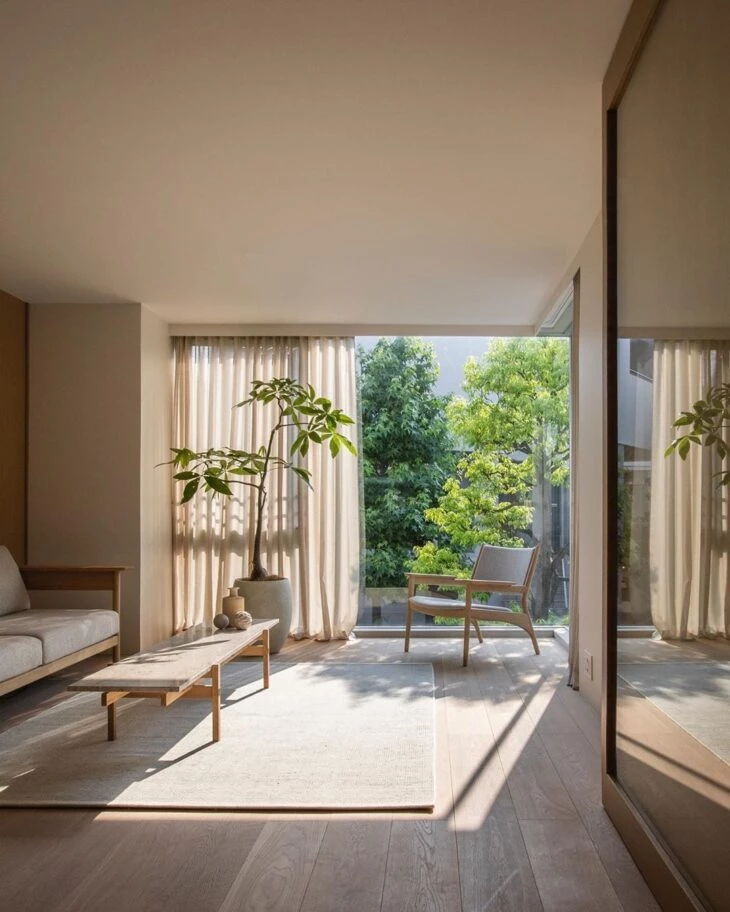
29. translucent openings are preferred
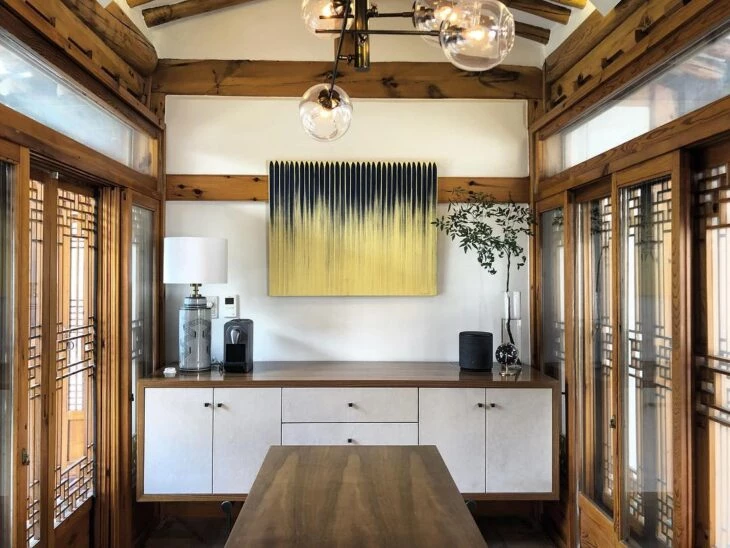
30. thus, the presence of natural light is abundant
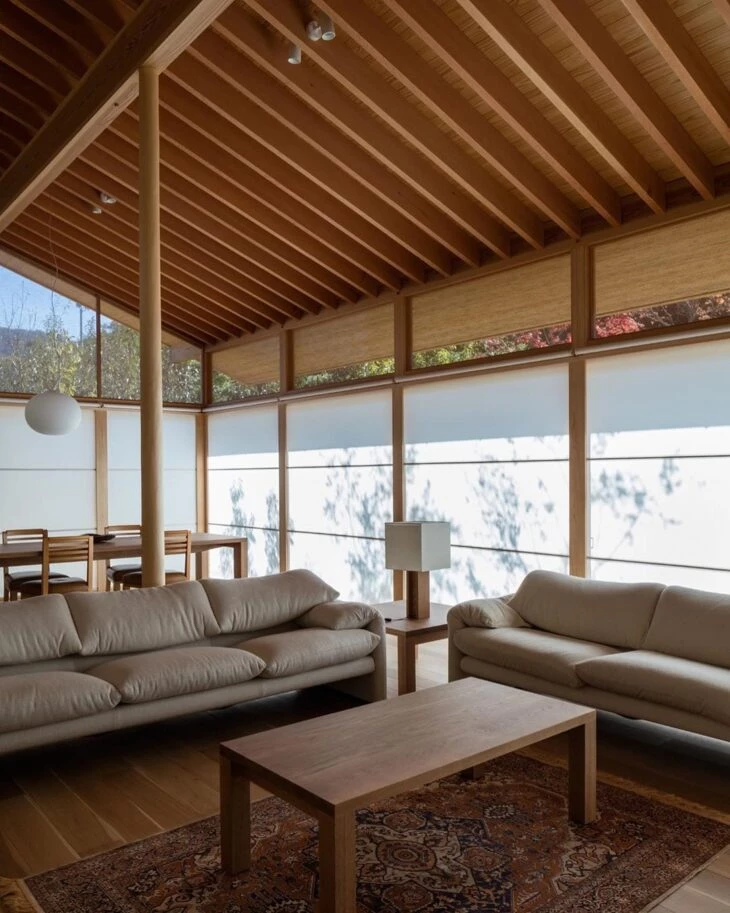
31 To protect from the sun, there is the sudare
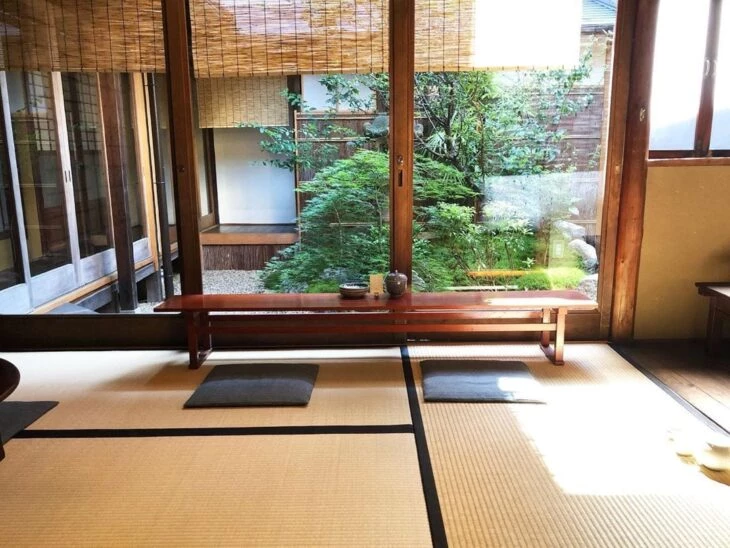
32. a type of natural fiber curtain
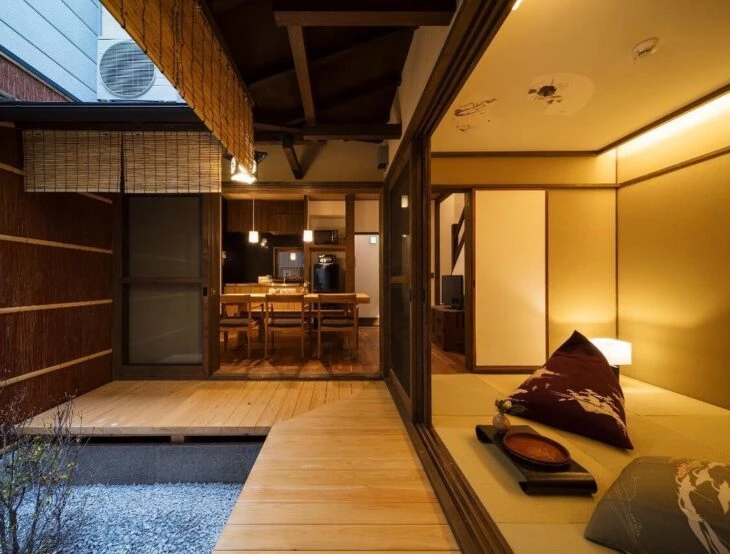
33. contact with the outside world is constant in the Japanese home
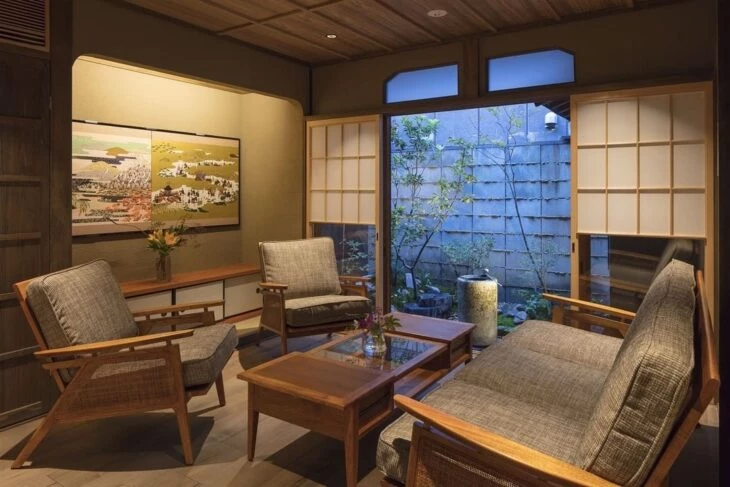
34. the construction seeks perfect harmony with its surroundings
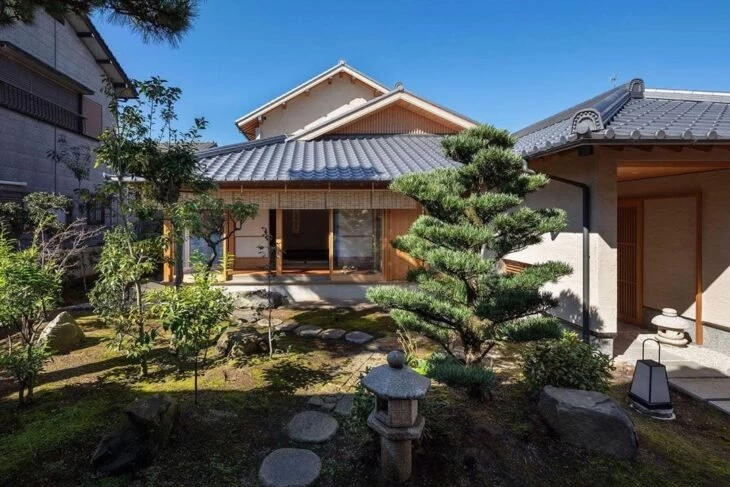
The use of natural materials stands out
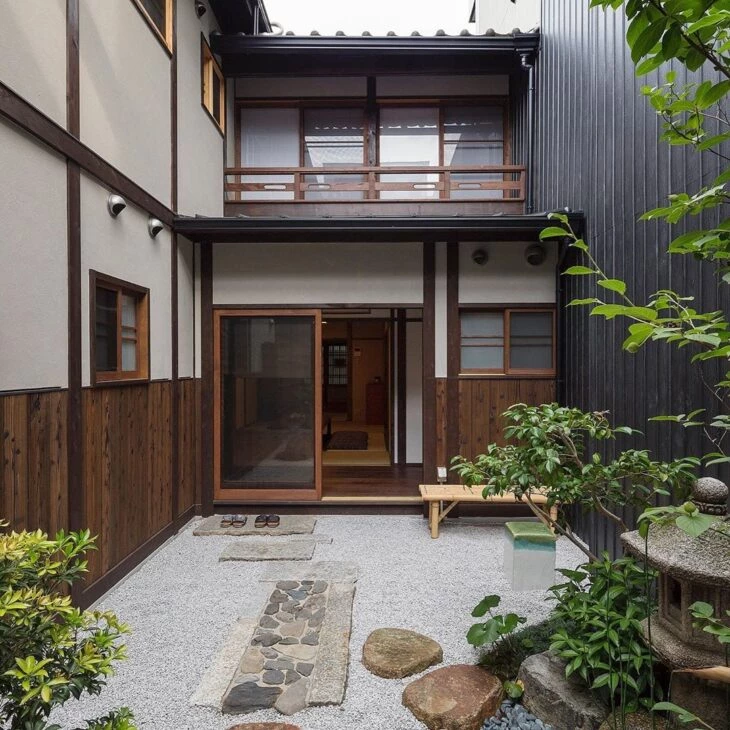
36. as well as the integration of spaces
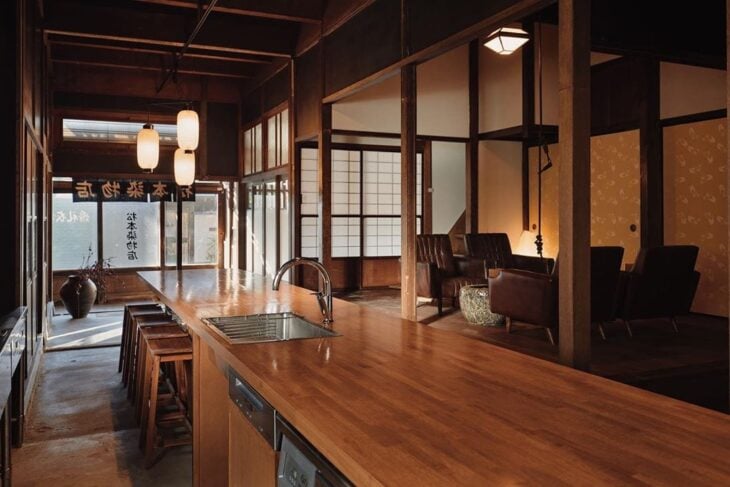
37. both internal and external

38. japanese furniture enchants by its simple lines
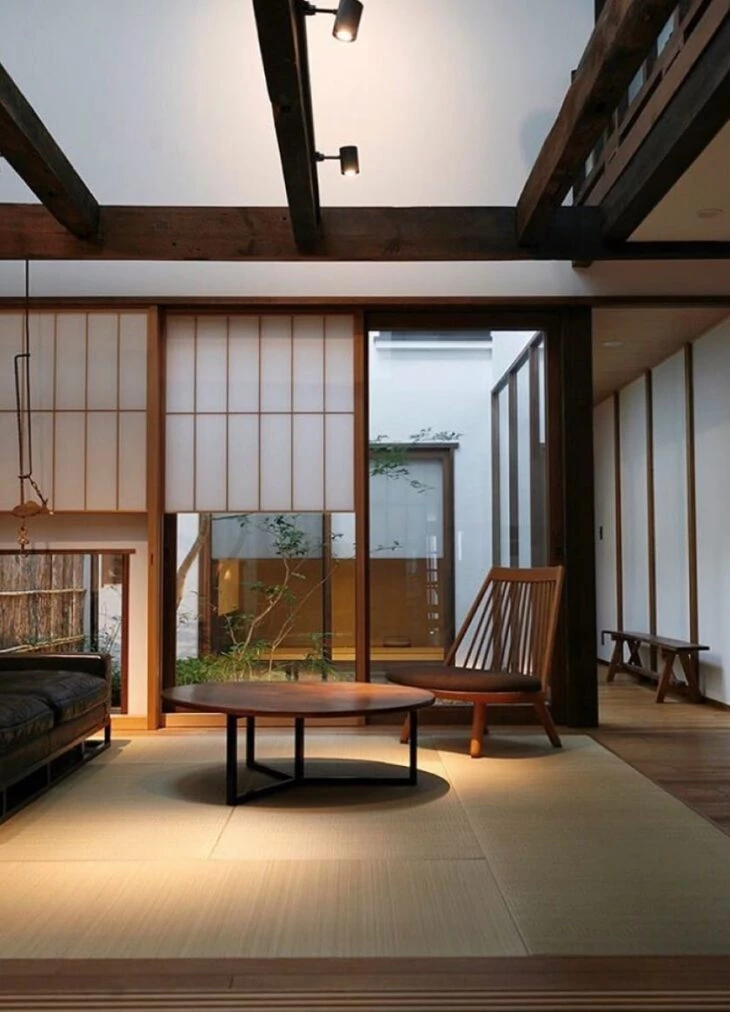
39. like the chabudai, a low table
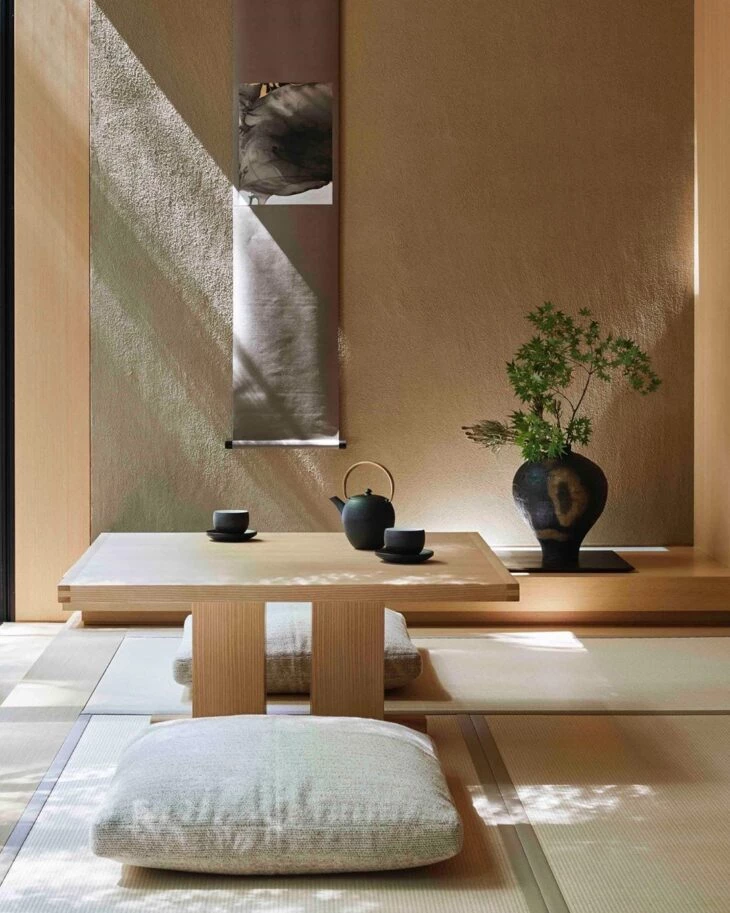
40. traditionally used in meals
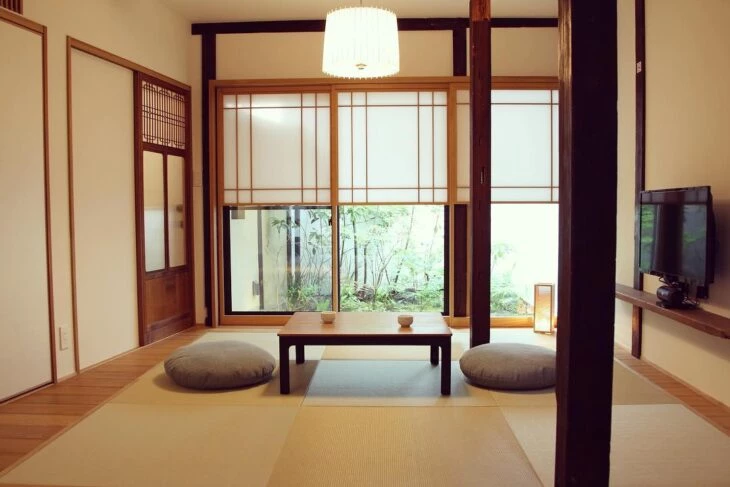
41. it is always accompanied by pillows on the floor
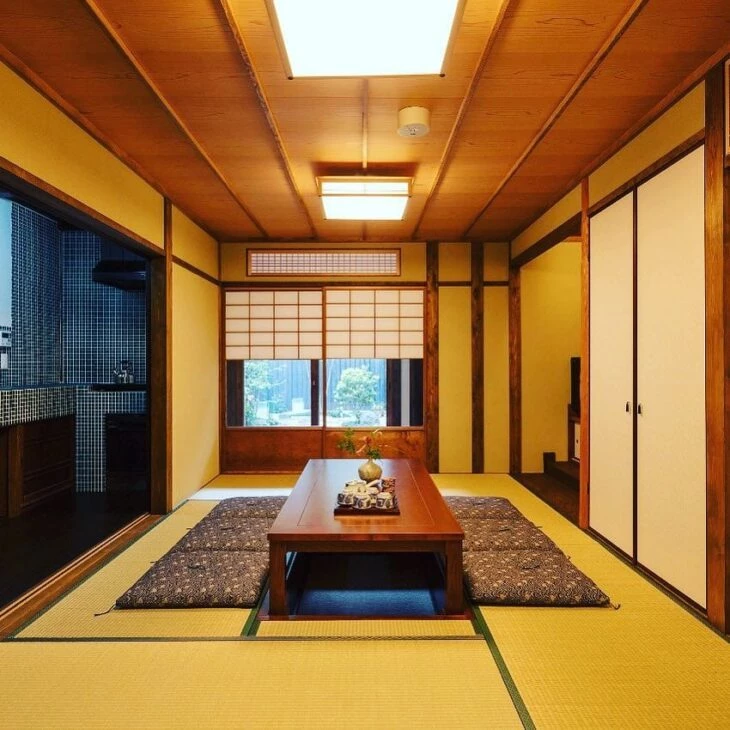
42. or small chairs
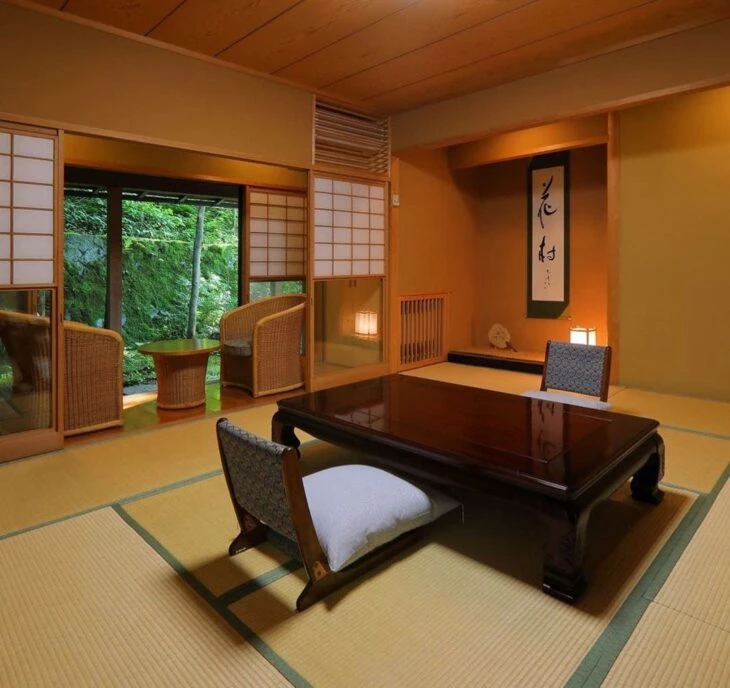
43 Another differentiator is the tokonoma
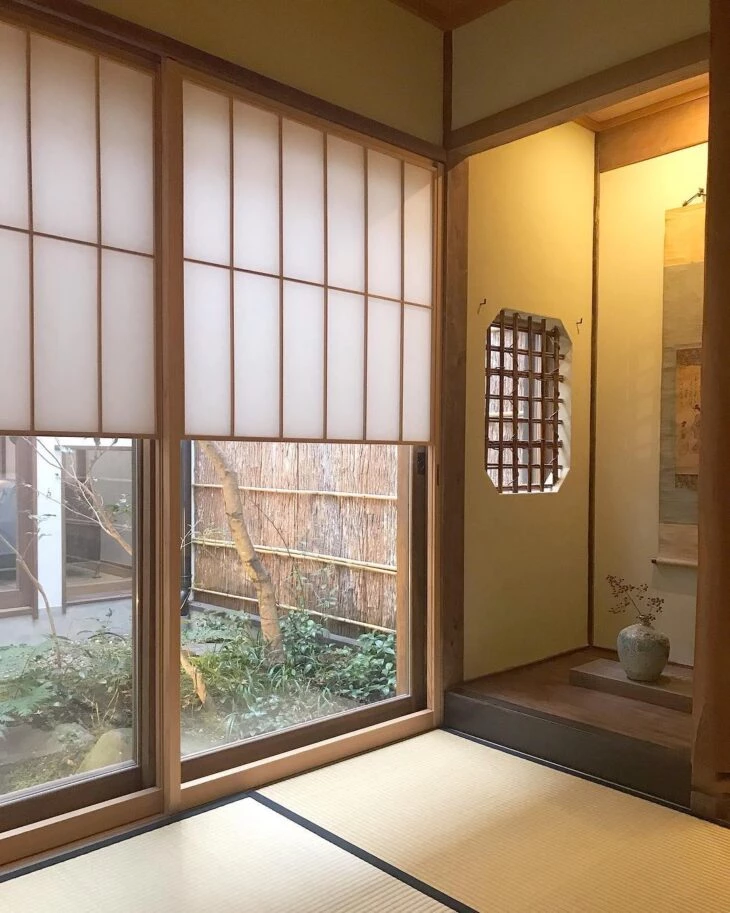
44. an elevated area that displays artistic items
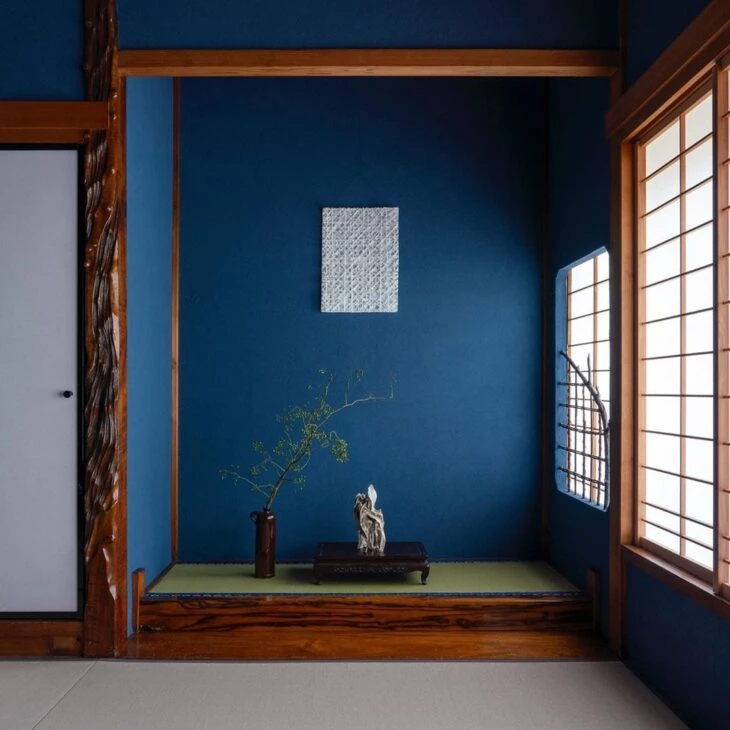
45. as bonsai, ikebanas, scrolls or paintings
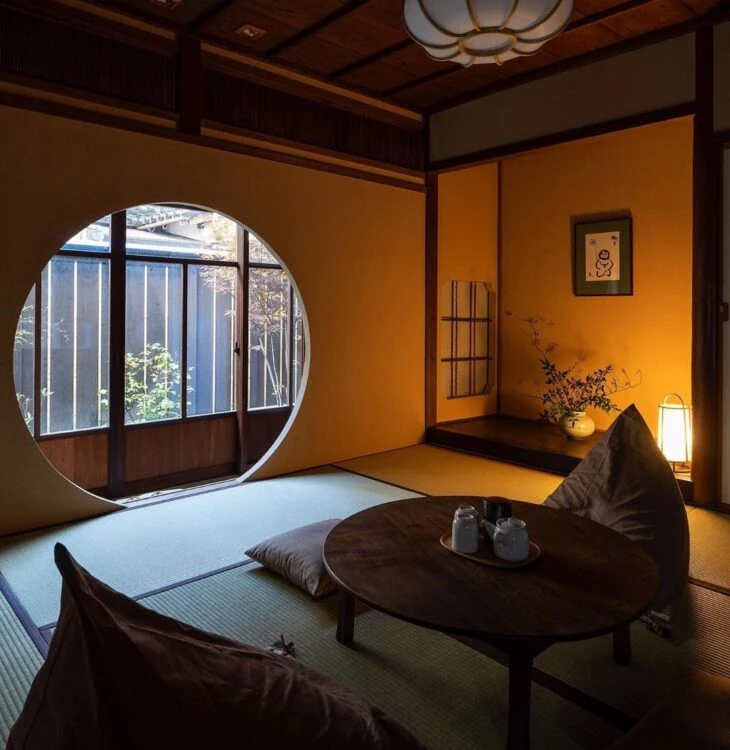
46 For a relaxing bath, there is the ofurô
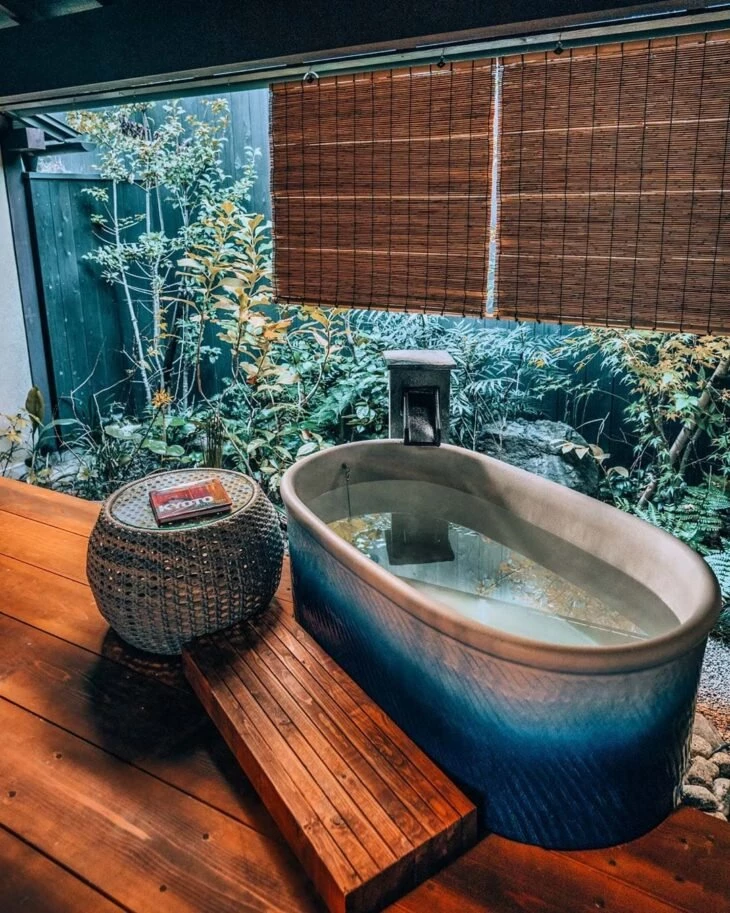
47. a Japanese soaking tub
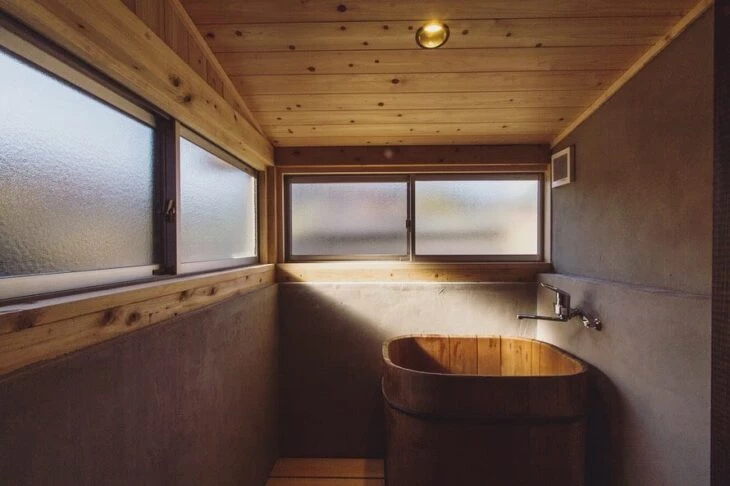
48. all environments inspire serenity
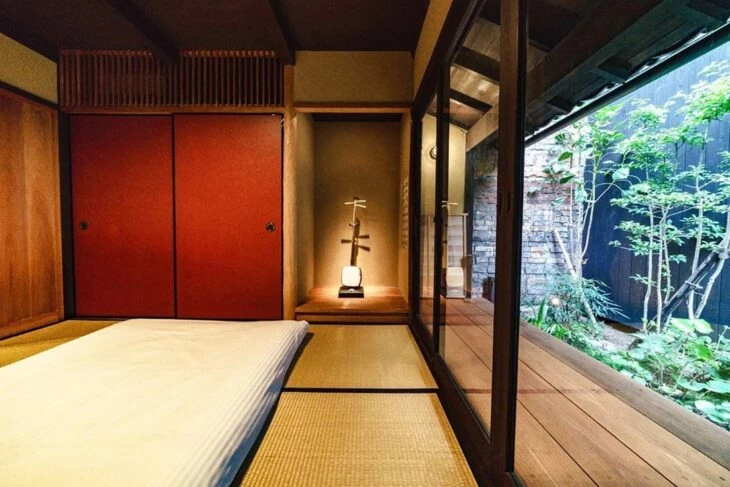
49. they bring in essence oriental simplicity
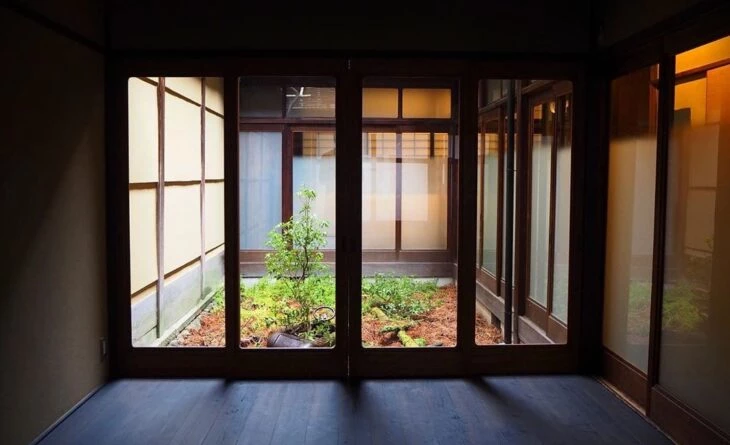
50. And they result in a beautiful and elegant space!
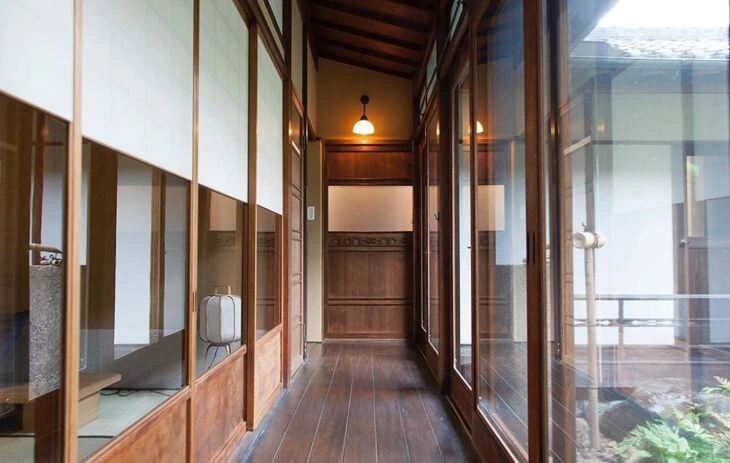
Many of the concepts of the Japanese home can serve as a reference for planning your space anywhere in the world!
Videos of Japanese Houses
Expand the experience and have a complete immersion in the oriental way of life with videos. Check it out:
Traditional Japanese House
In this video, learn the main characteristics of a Japanese home, learn the names of several elements, and be amazed by the uniqueness of a traditional Japanese home.
Contemporary Brazilian house in Japanese style
This is a tour through a building that is located in Brazil, but presents several traditional elements of Japanese culture. The highlight is the integration with the landscape and the abundant use of natural materials. The furniture and the composition also follow the oriental style and the space overflows with inner peace.
Modern Japanese House
Even though modern, this residence in Japan has all the characteristics of a traditional Japanese home. Learn more about oriental culture and customs, marvel at the lightness of the rice paper panels, and even surprise yourself with unusual items full of technology.
The Japanese home unites beauty with the millenary tradition of the country. And if you have become a fan of this style full of simplicity, see more about minimalist decoration.


